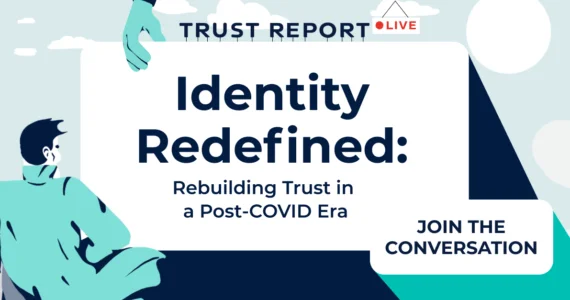
Join us for “Identity Redefined: Rebuilding Trust in a Post-COVID Era” conference this Thursday, February 25th
The pandemic has boosted our online presence: we work, shop and entertain ourselves on the world wide web ...
Read moreThe results are out for the 2020 Biometric Technology Rally held at the Maryland Test Facility, aimed at enhancing industry innovation and advancing technologies that support the U.S. Department of Homeland Security (DHS) and Homeland Security Enterprise operations
The findings of the 2020 U.S. Department of Homeland Security (DHS) Science and Technology Directorate (S&T) Biometric Technology Rally confirm the high precision of the Innovatrics face recognition algorithm when subjected to multiple biometric concepts of operations simulating real world conditions. The Rally analyzed 6 acquisition systems and 13 matching systems, participated by 582 volunteers from 60 countries around the world.
“As we continue to improve upon our already powerful facial recognition algorithm, we aim to provide the highest level of accuracy, security and convenience to our users. We believe our technology is instrumental in building solutions that elevate both public safety and the user experience, “ commented Innovatrics SmartFace CTO, Michal Vilagi.

Innovatrics Business Development Manager, Bill Dumont, at the Maryland Test Facility
Seamless biometrics in real-world applications
Innovatrics was adjudged the most accurate in acquiring faces, wherein our technology even detected faces of volunteers on the go without forcing them to pause and look at the camera. During this live test, our system rose to the challenge of delivering seamless access in high throughput situations. This part of the event specifically evaluated the capability of the acquisition system in taking images of people with or without masks.
For face matching without masks, our submission was included among the top three most accurate. It did particularly well in matching low quality photographs, which is one of the most difficult among all the categories. Moreover, we consistently placed among the top three in the other scenarios evaluated. Our algorithm similarly made it to the three best entries when matching volunteers with masks. With the spread of COVID, our algorithm’s ability to correctly recognize people wearing masks can reduce the risk of infection.
Since federal law enforcement agencies are increasingly using biometric technology, there has been a growing public clamor for its regulation. It is therefore important to design biometric systems that are not only effective, but also easy and acceptable to use. Something our R & D team lives by in developing technologies that people can simply trust.
Acknowledgement. “This publication is based upon work conducted under the U.S. Department of Homeland Security Cooperative Research and Development Agreement No. 20-TCBI-001.”
Disclaimer. “The views and/or conclusions contained in this document are those of the author(s) and should not be interpreted as necessarily representing the official policies, either expressed or implied, of the U.S. Department of Homeland Security (DHS), and do not constitute a DHS endorsement of the equipment tested or evaluated.”